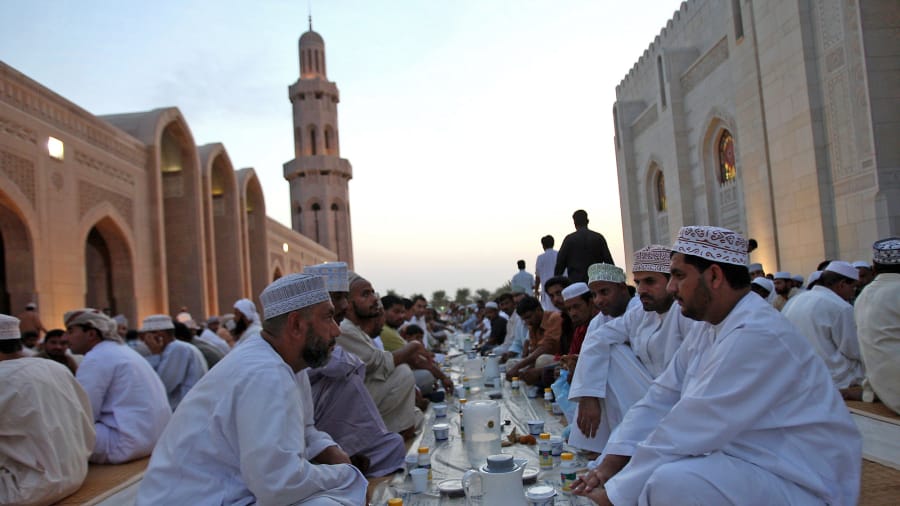Oman Demographics
Oman is a very ethnically diverse country with at least 12 spoken languages that represents its imperial past. Many Omani are from Baluchistan and the Swahili coast, and there are about 600,000 foreigners, mostly guest workers from Egypt, Pakistan, India, Bangladesh, and the Philippines.
Oman is composed of Arabs, ethnic Balochis, ethnic Lurs, Swahilis, Hindus and Mehri. The Balochi are the largest non-Arab ethnicity and they are Iranian.
Religions
 The religion of Oman is Islam, but Oman is a special case being the only country in the world where neither Sunni nor Shi’i dominates, rather the smaller branch of Ibadism.
The religion of Oman is Islam, but Oman is a special case being the only country in the world where neither Sunni nor Shi’i dominates, rather the smaller branch of Ibadism.
In terms of religion it is a conservative country, but there is much tolerance between religious groups. Religious groups have to register to organize activities, religious meetings in private homes are illegal.
Missionary activities towards Muslims is technically not forbidden, but there are reports that officials will make trouble for those that do.
Islam
Oman has all four major, original orientations of Islam represented. Ibadism dominates, but culturally and politically. There is some insecurity to statistics, few data are available, and estimates are all extremely approximate.
Ibadis
Oman is the only country in the world where Ibadi Islam is dominant, LookLex’ estimates sets their numbers to 71% of the Omani population, but this is a rough estimate, other estimates range between 60% to 75%.
Ibadism dominates in the north and in the mountains, and along the coast from around Sur down to the Dhofar region.
Sunnis
Sunni Islam represents a minority in the country as a whole, but is the majority in two coastal regions; around Sur, and in Dhofar. Sunnis of Dhofar are part of a Sunni belt that continues into Yemen, all the way on to Aden.
Shi’is
Twelver Shi’i Islam form communities on the Batinah coast (northwest of Musqat), and around Musqat. Shi’is are distinct to certain people groups, the Luwatiya, the Bahrainis, which are of Bahraini descent, and the Ajam, a people group believed to originate in Iran (Ajam is also used in Bahrain with a similar meaning, but then as a distinct and clear definition).
Zaydis
No good data is available for Zaydi Islam in Oman, a very rough estimate suggest they count 80,000. Zaydis live in the south of Oman.
Christianity and Hinduism
Hinduism and Christianity are represented through the presence of immigrant workers, principally from countries like India, Pakistan and Western countries.
There are about 90 Christian congregations.
Languages
Arabic is recognized as Oman’s national and official language. The Baluchi language is also widely spoken in Oman. The CIA identifies English, Urdu, and several indigenous languages as the other primary languages used in Oman. The presence of Indian languages in Oman can be explained by the influx of immigrants from India in the 1980s and 1990s. Immigrants in Omani have contributed significantly to the diverse pool of languages heard in Oman.
Arabic: The Official Language of Oman
The Arabic used in Oman features several dialects which represent the nation’s diversity. Omani Arabic is prevalent in the Al-Hajar Mountains and some neighboring coastal areas. This dialect ranks as the easternmost Arabic dialect. It was previously used by colonialists in Tanzania and Kenya. The dialects of Omani Arabic include Shihhi Arabic which is heard in Oman’s Musandam Governorate and Dhofari Arabic used in the Dhofar Governorate. Bahrani Arabic is another dialect native to Oman as well as Bahrain.
English: The Most Widely Spoken Second Language In Oman
Oman has adopted English as a second language, and it is used as a medium of instruction to pupils from a young age. English is especially popular among business circles in Oman. Many posters, road signs, and notices are in Arabic and English making it easy for expatriates and tourists to get around Oman. The expatriate community of English speakers continues to grow in Oman, further boosting the usage of the language.
Baluchi: A Popular Language of Oman
Baluchi is another of Oman’s main languages. The language is native to the Baloch community who inhabit the Balochistan region situated on the Iranian Plateau’s southeastern-most edge in Iran, Pakistan, and Afghanistan and also the Arabian Peninsula. Oman is home to approximately 312,000 Baloch people. The Baluchi language is recognized as a Northwestern Iranian language, and it is written with the Urdu Arabic script. The Mazaris and Mandwani tribes each use their dialects of Baluchi with slight differences between them. Baluchi is closely related to the Semitic languages used in Ethiopia and Eritrea.
Native Languages of Oman
Several South Arabian languages are used in Oman. Mehri is used by the Mahra people in Oman as well as Kuwait and Yemen. The Nagdi dialect of Mehri is the most popular in Oman. The Shehri language is indigenous to the Dhofar region where it had 25,000 speakers in 1993. Most of the speakers have since adopted Dhofari Arabic. The Harasis people, who inhabit the Harasis Mountains situated in Dhofar province, use the Harsusi language. Bathari and Hobyot languages are other native forms of the language in Oman.
Immigrant Languages Spoken In Oman
Sultan Qaboos, who got into power in 1970, oversaw the modernization and liberalization of Oman’s economy. The discovery of oil resulted in the migration of thousands of job-seekers to Oman. Today, Oman remains a labor importing nation. Pakistani migrants who trooped to Oman in the 1980s and 1990s introduced the Urdu language to the country. Urdu is classified as an Indo-Iranian language along with Hindi spoken by Indian workers in Oman. Other immigrant languages present in Oman are Somali, Gujarati, Sindhi, and Portuguese. In history, Oman maintained trade relations with Zanzibar in Africa which explains the presence of Swahili in Oman.
Ref:
